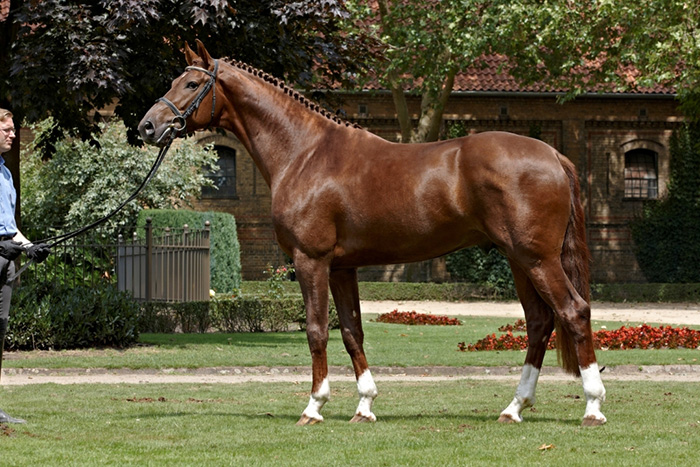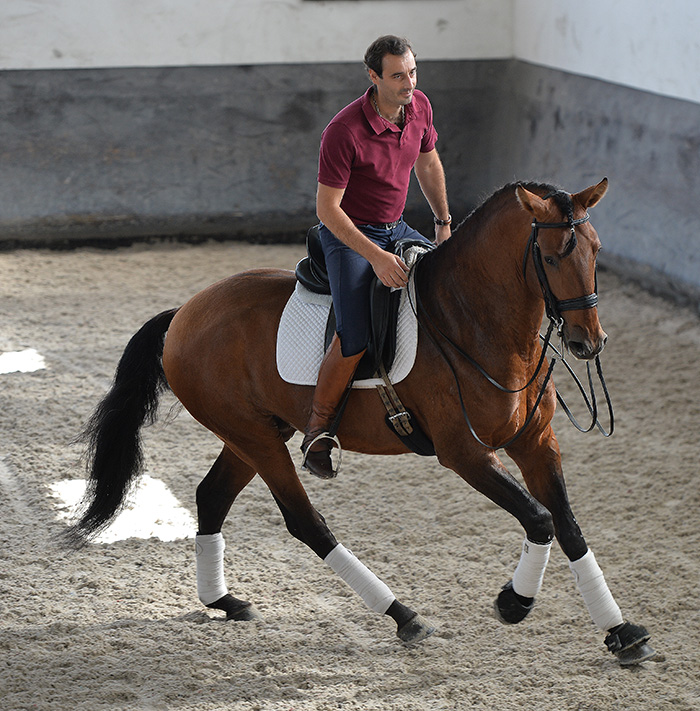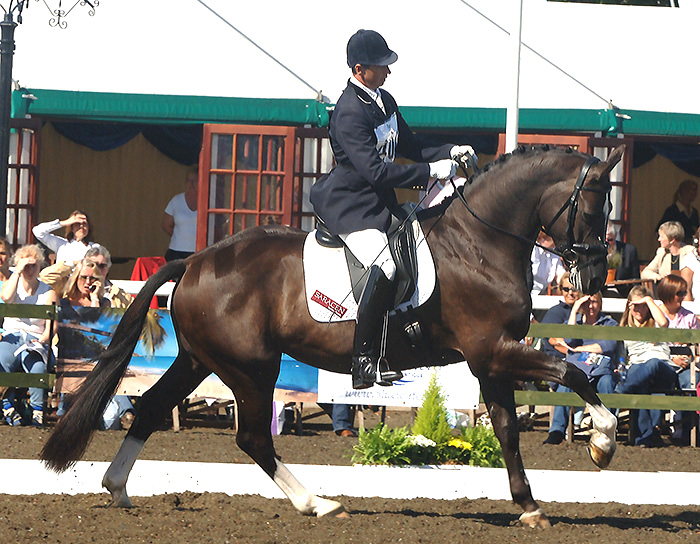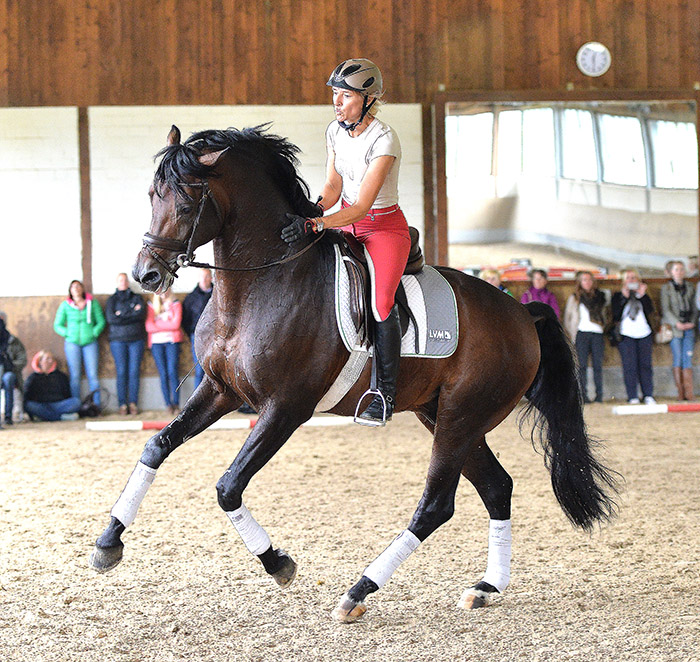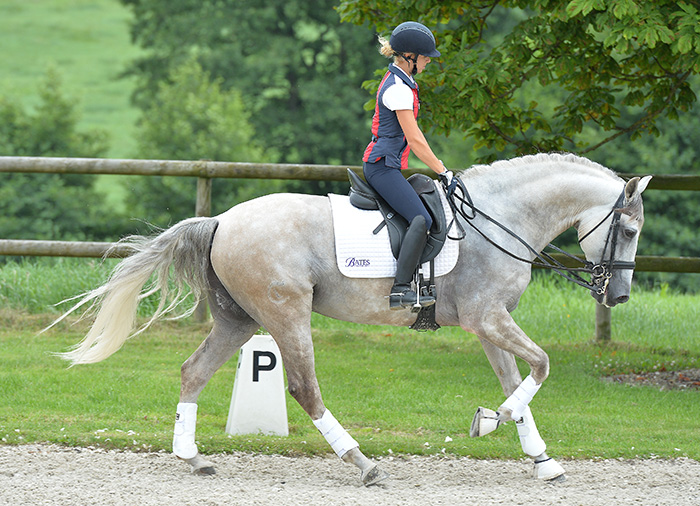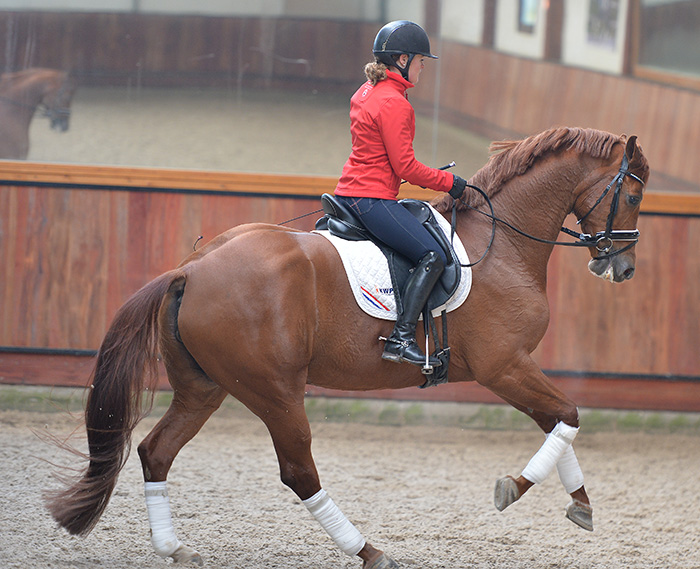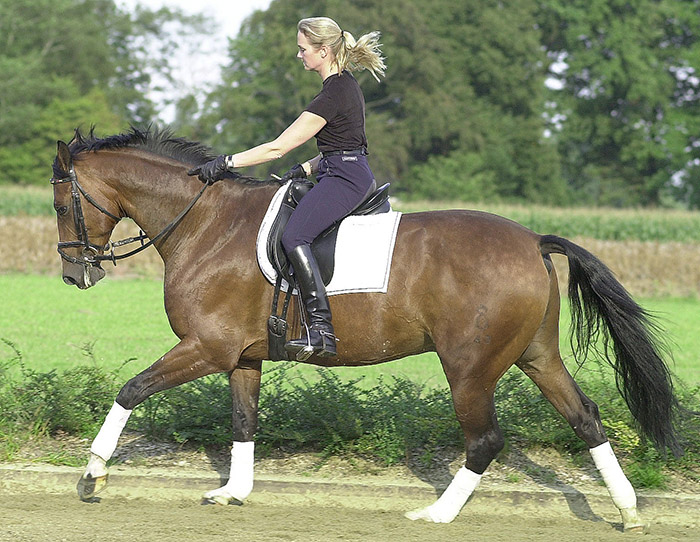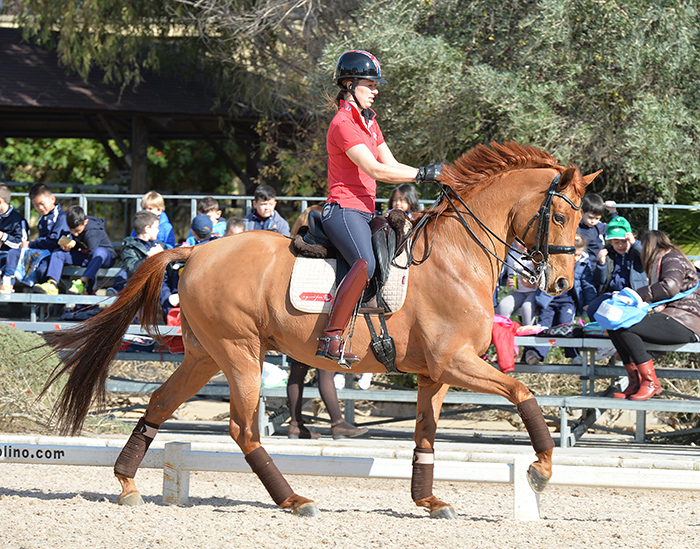Christopher Hector celebrates the founder of modern, classical, dressage
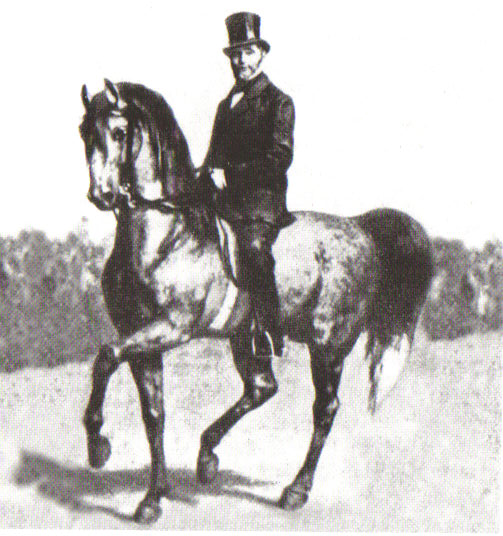
Gustav Steinbrecht – the most influential modern master of them all
It was Steinbrecht who turned dressage around, replacing the emphasis on artificial complicated moves, with the clear message that the purpose of dressage was to work with the horse and its essential physical capabilities, and for the rider to flow in sympathy with the horse…
“I must remind the reader again and again to give up old prejudices and to derive the rules for the rider’s position only from natural principles. The unchanging so-called prescribed seat to which many instructors stubbornly adhere, is the reason that the art has such a bad reputation. It prevents the student from becoming independent on his horse since with such a seat, he will lack the necessary feeling to be able to correctly evaluate his horse’s carriage and movement.”
“The rider who has been schooled in such an artificial prescribed seat will present, after a long struggle, not a thoroughly schooled horse… but a wooden machine which, although working mechanically is devoid of all elasticity and freshness in its way of going.”
“Such horses are certainly not likely to produce enthusiasm for the art because their dull, mechanical way of going fatigues the rider, and wears the horse out before its time. For that reason, many riders feel safer and more comfortable on a horse with good conformation that moves in its natural carriage, than on a confused, so-called dressage horse that has been robbed of all its vitality. Whoever does not want to degrade this beautiful art to a mere trade – an art that has been held in high esteem from early times and will continue to be appreciated as long as there is courage and chivalry in the human race – should first be diligent in exercising his own body and making all its parts agile and mobile, so that his stiff limbs will not act as shackles on better understanding and feeling.”
It is interesting that Nuno Olivera, who is often claimed as the patron saint of the super classical clique, should, when discussing the Shoulder-In, turn for his inspiration, not to the inventor of the movement, La Guérinière, but to the nineteenth century German riding master, Gustav Steinbrecht.
In his Reflections on Equestrian Art,Nuno writes:
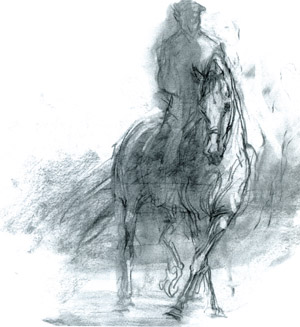
“I never begin the training of a horse by giving him a lesson other than the shoulder-in. La Guérinière in his work entitled École de Cavalerie explains the position and the aids necessary to achieve this exercise. In modern times, it is not Salins, as many believe, but rather Gustav Steinbrecht, as author, who gives the description of the exercise most conscientiously and painstakingly.”
(Nuno was referring to Commandant J. de Salins who in 1925, published, Méthode de dressage rapide du cheval et d’obstacle).
According to Alois Podhajsky, the great value of Steinbrecht’s book Das Gymnasium des Pferdes, lies in the fact that Steinbrecht himself did not start to put together his notes until he had been training horses for more than 30 years, which gave him a thorough grasp of the material based on a great deal of practical experience.
The son of a cleric, Gustav was born in Saxony in 1808. He studied veterinary medicine in Berlin, before becoming a student of the famed riding master, Louis Seeger in Berlin-Moabit. Later, he would marry Seeger’s niece.
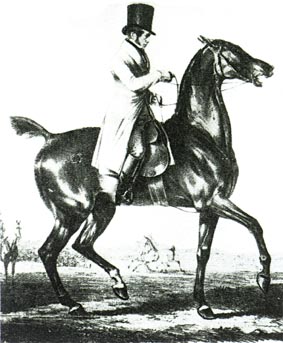
Louis Seeger (1798 / 1865)
He established his own riding school in 1834, in Magdeburg, but he returned to Berlin in 1842 to work in the school of his teacher Louis Seeger. This school, the Seegershof, had become the most famous in all Prussia.
In 1849, Steinbrecht became the director of the Seegershof and began taking the notes that would become his posthumously published masterpiece, “Das Gymnasium des Pferdes”. As the illustration shows, perhaps Seeger was the negative example Steinbrecht was referring to… Here is a paragraph that sums up his great contribution:
“The first prerequisite for reawakening a general interest in the art of riding and a contribution in this respect is the main reason for writing this book is to ban from the art everything that is stiff, forced, and pedantic and to overcome the prejudices that a man on a horse must carry himself in strange posture, and that the dressage horse has to walk around as if screwed into an instrument of torture. Instead, the equestrian art is for both the type of natural gymnastic exercise with which it is possible to attain and demonstrate the highest development of physical strength and skill.”
This quote would seem to me to encapsulate what is important about the Classical Tradition, and with Steinbrecht, the connection between the horse’s natural physical and mental properties and the methods and aims of dressage training – only hinted at in previous texts – is made explicit. This does not mean that Steinbrecht, any more than any of the previous writer / horseman, has ‘the last word’ on the subject, since as Steinbrecht himself stressed, changes in the breeding and the conformation of horses, will produce further changes and refinements but while techniques may change, the basic principles that Steinbrecht discovered in his sixty years of working with horses, remain the rock solid basis on real dressage – the sort that builds a horse up, rather than breaking him down. The sort of dressage that makes your heart sing when you have the privilege of witnessing it…
Now a picture gallery that Steinbrecht might feel illustrates what he was telling us way back then
Breeding dressage horses in Australia? Go to www.ihb.com.au and see the great range of top European bloodlines that are available.
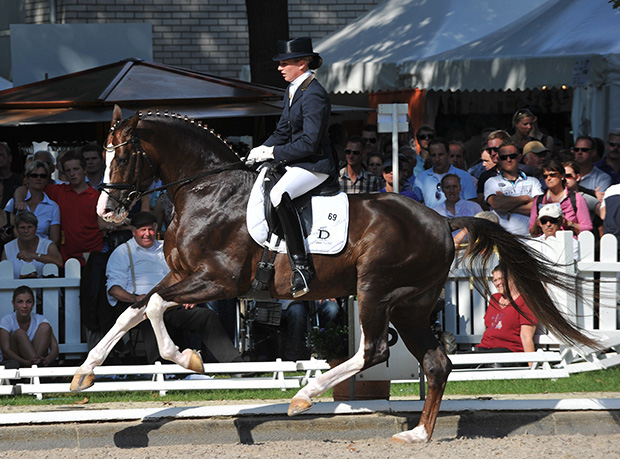
Stallions like Benicio
